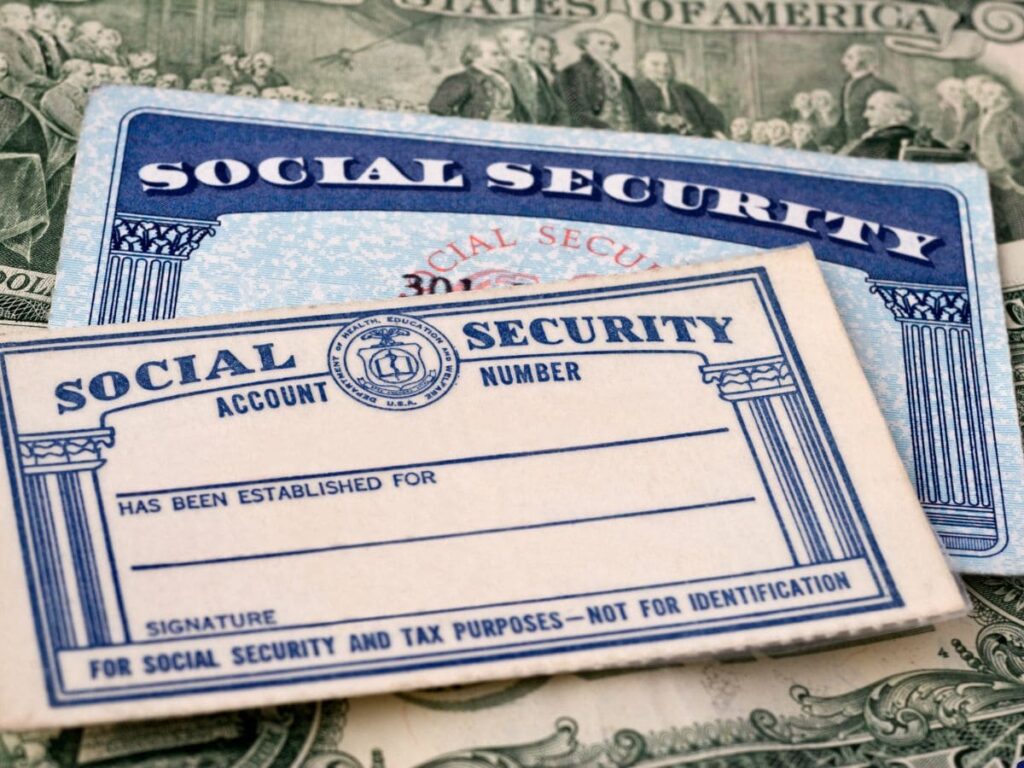For millions of people in the United States, the monthly check from Social Security is not just a help, but a real lifeline. After a lifetime of work, effort and contributions, this income becomes the economic basis of retirement. Many beneficiaries use it to cover essential needs such as rent, medicine or food for the month. That is why each payment date is as eagerly awaited as it is necessary.
As the next deposit date approaches, it is natural for many to wonder if they are in the group that will receive the next payment and, above all, how they can access larger amounts within their means. Because although the Social Security Administration offers a stable payment structure, there are also strategies that can help improve the final amount one receives.
April 23rd will be a key date for many retirees who are waiting for their check. This payment is part of the usual schedule followed by the Social Security Administration, and corresponds to one of the groups that receive their benefits in the second half of the month. But in order to get this money, it is necessary to meet certain conditions related to both the date of birth and the date on which the retirement began.
Who gets the Social Security payment on April 23rd?
The check that is sent on Wednesday, April 23rd is for retirees who belong to group 4 of beneficiaries, that is, those who started receiving their Social Security payments after May 1997 and who were also born between the 21st and the 31st of the month.
It is important to know that this group does not include those who have been receiving the benefit since before that date, as for them the payments are made in the first days of the month. In addition, those whose birthdays are between the 1st and the 10th get their money on the second Wednesday of each month, and those whose birthdays are between the 11th and the 20th get it on the third Wednesday. Thus, those in the group with birthdays between the 21st and the 31st are always the last to collect.
This calendar allows for better organization of deposits and ensures that all beneficiaries receive their money in an orderly and predictable manner. And although the date is different for each group, the truth is that the amount of the check does not change according to the day it is received, but according to other much deeper factors.
How to maximize the Social Security retirement check
Although many people start collecting their retirement as soon as they are entitled to do so, waiting a little longer can make a big difference. One of the most effective strategies for maximizing the amount of Social Security is to delay applying for the benefit. For example, if instead of retiring at 62 you wait until you are 70, the monthly check can grow considerably.
Another key point is the number of years worked. Social Security calculates the benefit based on the 35 years with the highest income. If someone has worked for a shorter period of time or has had years with low wages, their check may not reach its full potential. For this reason, many experts recommend continuing to contribute, even part-time, until completing at least those 35 years.
And, of course, the income earned during one’s working life also plays a decisive role. The higher the salary contributed, the more one will get when retiring. This means that each pay rise or promotion can have a positive impact on one’s future retirement. In short, planning ahead, knowing the rules well and making informed decisions can be the key to enjoying a more peaceful and secure retirement.
